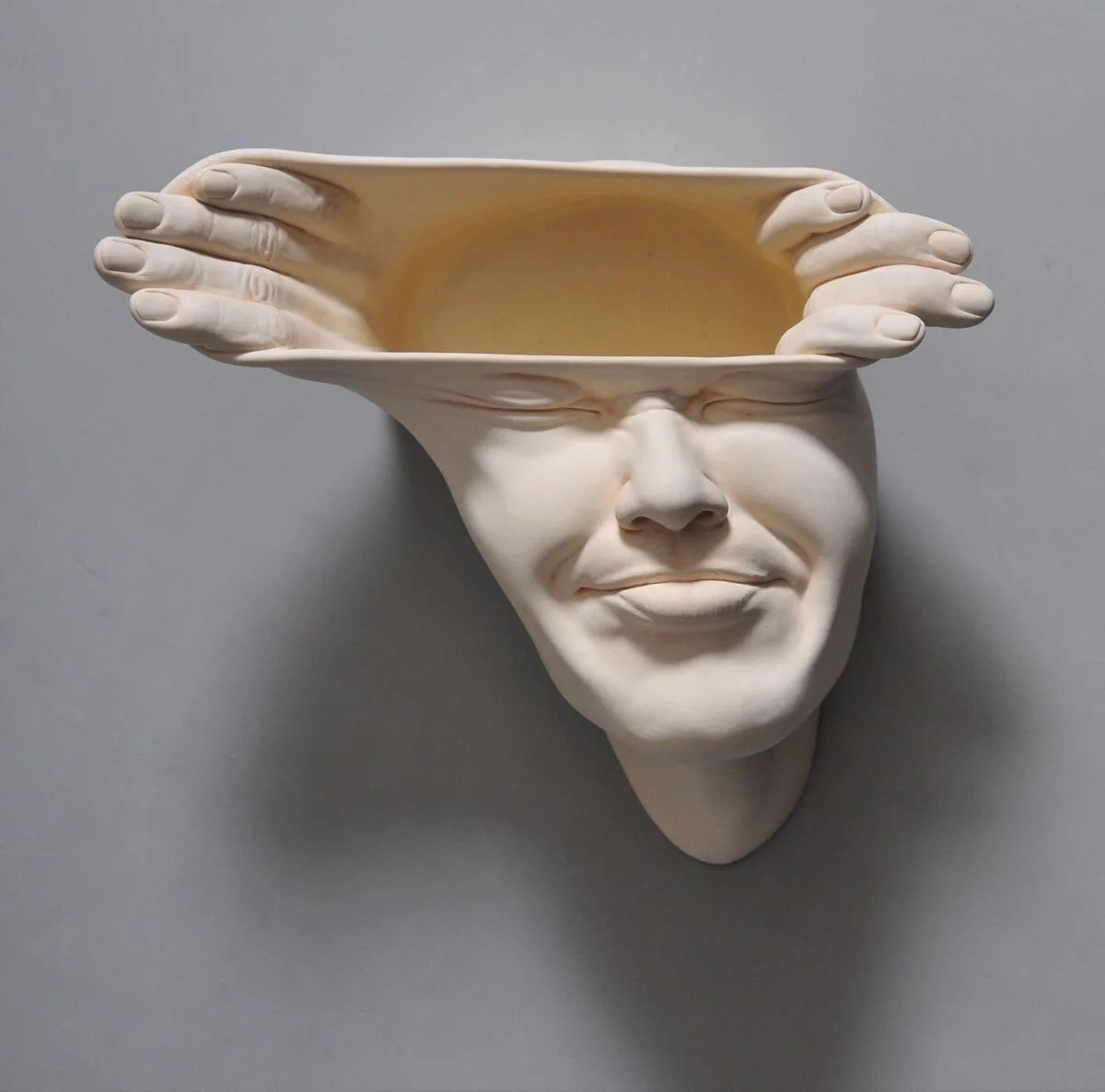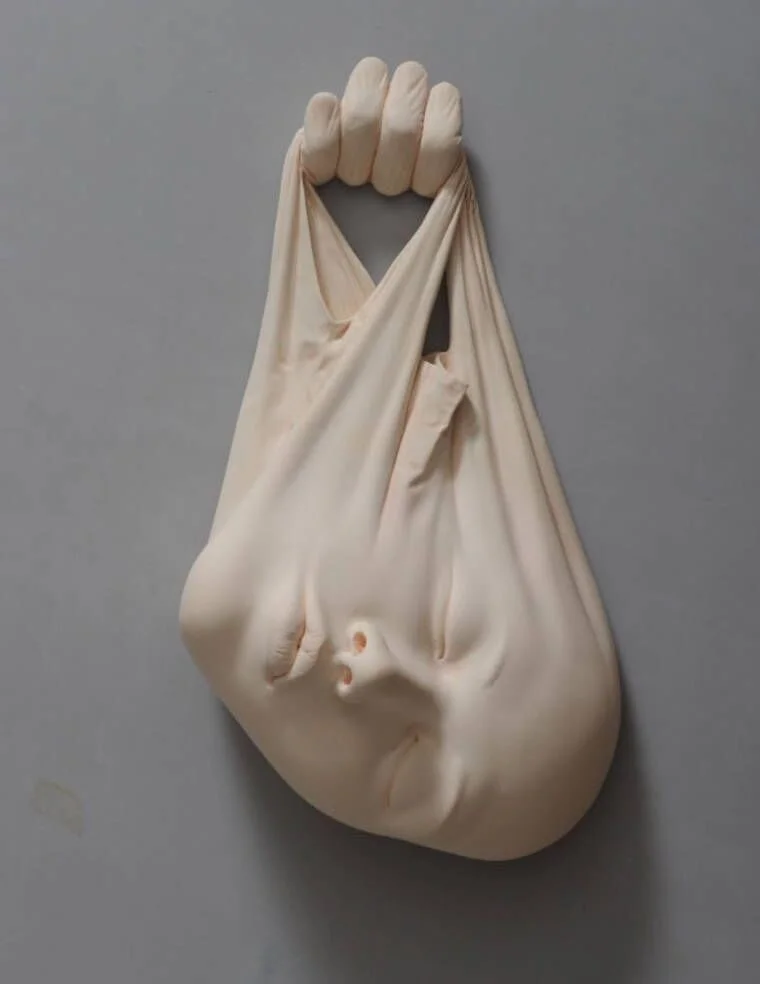28 Days of Art - Celebrating the reopening of the Gallery - Week 1
28 DAYS OF STANTHORPE ART
Over the next month, we'll be sharing stories and images of art to celebrate our reopening.
Follow us on Instagram, Facebook or our blog for updates.
Thanks to all our volunteers who have contributed to this project:
Monday: #mondaymuse with Mary Rofe
Tuesday: #tuesdayswithlaurie with Laurie Astill
Wednesday: #wackywednesday with Susan Peters
Thursday: #throwbackthursday with Sandra McEwan
Friday: #fridayfun, #siloart with Robert Bryan
Saturday: #stanthorpepotterysaturday with Yve Gray
Sunday: #sundayartstanthorpe with Michelle Conkas & Joe Wilkinson
Tuesday 9 June
"The Picnic" by Laurie Astill - Oil on canvas.
#tuesdayswithlaurie #28daysofstanthorpeart
Thanks to Laurie Astill for contributing this as part of the 28 Days of Art project, to celebrate the reopening of the Stanthorpe Regional Art Gallery.
Selected for the 2016 Stanthorpe Art Prize and won the "Margaret Burton Memorial Award". The inspiration for this painting was to portray an up to date classical piece, very Australian and in many ways reflecting back upon the works of Renoir and Monet. Celebrating Australia Day 2015 these are my friends, Anna my wife is in the foreground and behind is Deb waving who originally was painted with five fingers and a thumb and that was very quickly changed.
Wednesday 10 June
It’s #wackywednesdy and it’s time to search out the weird and wonderful, the over-the-top and the minute, the lovely and the thought-provoking. I recently stumbled across the work of ceramicist Johnson Tsang @johnson_tsang_artist. Based in Hong Kong, Johnson has been working in the field of ceramics for almost 30 years, winning many international awards for his detailed sculptures.
Johnson’s sculptures of the face are so tantalisingly detailed, so exact in their expression and yet so free in their movement. Each piece poses questions rather than providing answers. I found myself giggling at some pieces, taken aback by the rawness of some and almost triggered by others. His artwork is described as being about relationships, and ultimately about love.
Johnson’s work pushes us into the area of wacky art that stretches the boundaries of normal. His vision for each creation remains true and isn’t muddied by expectation or conforming to an outsiders agenda. In a way I hope it does the same to me. In my art I want to remain true to my creative vision. To allow pieces to flow and enter the world naturally without the pressure to fit the mould or to make things saleable.
So keep pushing yourself to be wacky and keep true to your creative vision.
Find out more about Johnson Tsang and his work: https://johnsontsang.wordpress.com/ https://www.instagram.com/johnson_tsang_artist/
#28daysofstanthorpeart
Thanks to Susan Peters for contributing this as part of the 28 Days of Art project, to celebrate the reopening of the Stanthorpe Regional Art Gallery.
Thursday 11 June
Pikedale Station Workers Cottage by Sandra McEwan
Pikedale Station was once a prosperous 100,000 acre sheep station which was established by H. R. Fitzgerald in 1843. Fitz was an agent for Captain Pike, after which Pikedale and Pikes Creek were named. The Homestead, which was described as a 54 room mansion, was one of the most complete in the State and was well known for its hospitality to visiting dignitaries. Almost every Governor and distinguished visitors were entertained at the Homestead. Sadly on Sunday the 3rd of August 1963 the majestic Homestead was destroyed by fire.
The photo is of a Workers Cottage, one of the buildings standing on the property today.
#28daysofstanthorpeart #throwbackthursday
Thanks to Sandra McEwan for contributing this as part of the 28 Days of Art project, to celebrate the reopening of the Stanthorpe Regional Art Gallery.
Friday 12 June
Pingrup Silo Art
Pingrup is a small town in the Great Southern region of Western Australia. Primarily producing wheat and other cereal crops it’s also known for its pink lakes. Inspired by the history of Pingrup, artist Evoca1 painted these silos. Featured on the silos are figurative depictions of the town’s iconic Pingrup races, its Merino sheep, its people, cattle dogs and even the blue tractor found in the main street of town. Completed in September 2018, Evocal1 took 15 days to complete the murals and he used 230 litres of paint.
#fridayfun, #TGIF #siloart #28daysofstanthorpeart
Thanks to Robert Bryan for contributing this as part of the 28 Days of Art project, to celebrate the reopening of the Stanthorpe Regional Art Gallery.
Robert says:
“Until recently, when somebody mentioned “art” to me I immediately conjured up images of the Mona Lisa or a perfectly framed Old English scenery on an ornate vase or even the controversial Blue Poles painting purchased by Prime Minister Keating for the National Gallery in 1973.
“When the word “public” started appearing Infront of the word art, it took art out of the galleries. In my opinion, the painting of a local scene or a moment of historical significance to a particular region on public buildings has managed to bring art to the people who would most likely never set foot inside an established art gallery. Public art has taken art out of the galleries and put it squarely in front of the unsuspecting public.
“The most recent incarnation of public art has seen decommissioned grain silo’s across Australia become giant canvases. Grain silos that have reached their safe usable life, but are too expensive to remove, have received new life as public artworks. All over the country, these art silos have been attracting thousands of tourists to towns that were financially dying. The introduction of “Silo Art Trails” in regional areas has injected new life into many towns. The themes of these massive artworks are usually local and reflect the unique features one could find if taking the time to explore that region.
“After seeing my first silo art at Thallon, near St George in south-western Queensland, I was hooked. This was real art, local scenes emblazoned on a huge surface in natural colours only a true artist could reproduce. In the last year, I have been fortunate enough to visit at least 20 other silo art sites. Each one is different and unique, a real credit to the artists ability. Over the next 4 weeks, I will highlight the ones that I consider to be the best, even though my wife thinks I have picked the wrong ones. This difference of opinion only emphasis that art really is in the “eye of the beholder”.
Saturday 13 June
Interest in Pottery in the Stanthorpe Area began in the early 70’s with the Apple and Grape Arts Festival and the promotion of Arts in Rural Areas. Carmello Pennisi and Sue Whitton were two of the founding members of the Pottery Club. Carmello taught himself to use the Pottery wheel and the held classes and workshops. Since the 70’s the pottery community has been privileged to have many professional talented tutors conduct workshops.
Photo of Carmello.
Carmello was still using his wheel making his pottery well into his 90’s. Carmello passed away in September last year and is very much missed by the Art community.
Photo of the brick shed.
Early days of Pottery began in the brick shed known as “The Den” with a trough outside a little chilly in winter.
Photo of Sue Whitton
Sue Whitton: I was really motivated to learn how to throw pots after watching Carmello demonstrate in the exhibition centre at an Apple and Grape Festival in the early 70’s. I was fascinated how the clay was transformed from a ball of clay and through the touch of your hands into a useable object. I had previously made some hand built pieces but was now determined to master the wheel. It wasn’t as easy as Carmello made it look.
Thanks to Yve Gray for contributing this as part of the 28 Days of Art project, to celebrate the reopening of the Stanthorpe Regional Art Gallery.
#stanthorpepotterysaturday #28daysofstanthorpeart
Sunday 14 June
Angelo Valiante by Guido van Helten. Photo by Glenda Riley.
Sunday: #sundayartstanthorpe #28daysofstanthorpeart
Angelo Valiante by Guido van Helten.
Painted on the Newsagent wall, across from the Stanthorpe Post Office, on the corner of Maryland and Railway Streets, Stanthorpe.
The mural depicts Angelo Valiante who turned 100 in the month of completion. Mr Valiante was one of the first Italians to settle in Stanthorpe and the work pays homage to the Italian community that have made the region what it is today.
Angelo looks out reflectively to the main street of Stanthorpe with hope in his eyes – and optimism for the future of the region and what the next 100 years will bring.
The Stanthorpe Regional Art Gallery, in partnership with First Coat, are proud to present this incredible artwork by Guido van Helten, completed in November 2016.
Photo by Glenda Riley.
For more street art, images, stories & maps, see: https://www.srag.org.au/stanthorpe-street-art
Part of the 28 Days of Art project, to celebrate the reopening of the Stanthorpe Regional Art Gallery.
Monday 15 June
Troy Park, after Afghanistan by Ben Quilty
Monday: #mondaymotivation #mondaymuse #28daysofstanthorpeart
Image: Troy Park, after Afghanistan by Ben Quilty @benquilty.
Thanks to Mary Rofe for contributing this as part of the 28 Days of Art project, to celebrate the reopening of the Stanthorpe Regional Art Gallery.
Ben Quilty:
‘Painting for me is like that idea of a signature, the handwriting of the artist. The way I apply colour and paint becomes an armature I put on drawings, that becomes my unique, written, visual handwriting. If you want to find your unique visual handwriting, you need to do it on your own. You have to do it for yourself, in the privacy of your own space.’ Transcribed from NSW Dept of Education video
Image from the ‘After Afghanistan’ Exhibition at https://www.janmurphygallery.com.au/artist/ben-quilty/news/







